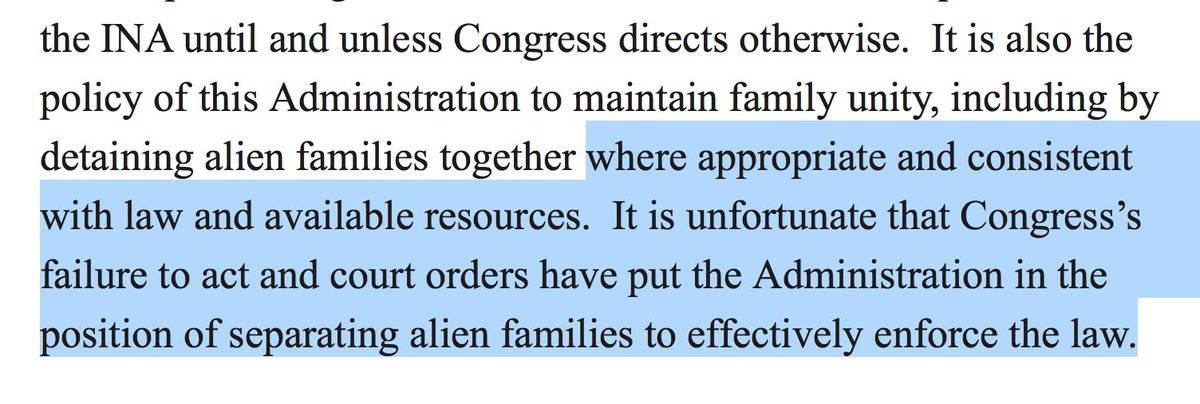amazon.com/Digitally-Tran…
Manufacturing process is 17th century.
Back-end: operations professionals like underwriters who turn mortgage applications into a product which can be purchased by investors, while not violating the laws (of which there are many).
Dodd-Frank and post-crisis regulation increased that to 1.5 ops professionals, baking in about $2k regulatory expense per mortgage.
Note that “documented” part because it is important.
Explicitly connected to millennials, blacks, and Hispanics having disproportionate troubles relative to true ability to pay, simply for setup of income streams. If you don’t have single established W-2, prepare for headaches.
Interestingly this *also* hit professional class early in careers.
I am aware that statement is uncharacteristically robust from me. I stand by it.
One seasoned and cynical executive defined mortgage banking as “the systematic transfer of loan revenue and shareholder capital from shareholders to loan officers [sales reps], who bear no risk with respect to repurchase, prepayment, or regulatory actions.”







